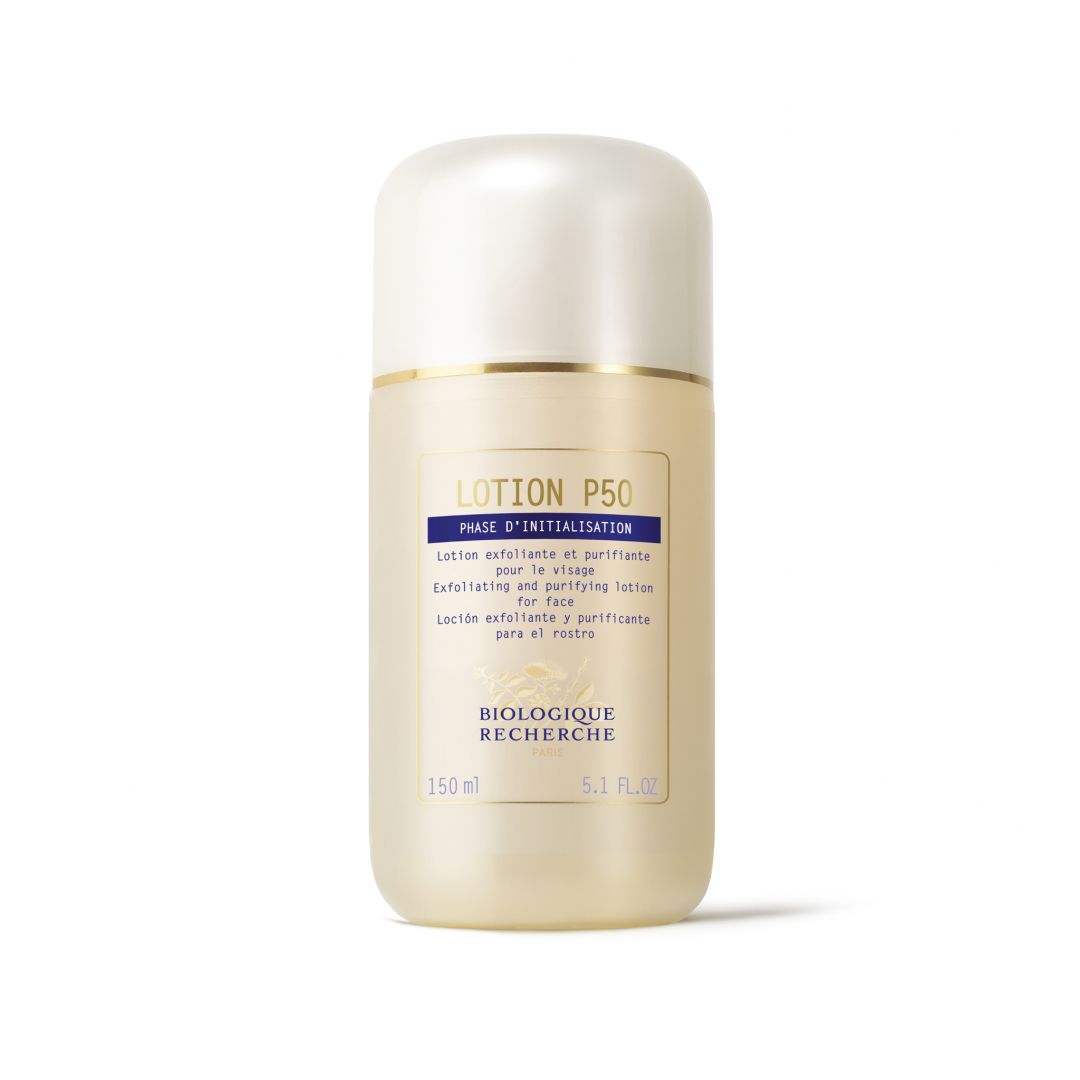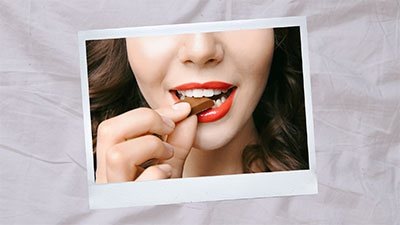Exfoliating removes dead skin cells to brighten and improve dull skin.
One of the key factors to having radiant skin is the natural process where dead skin cells are shed every 30 days or so to stimulate new cell growth. However, the aging process can slow down cell renewal, according to Dr Maximin Navarro, Fellow of the Philippine Dermatological Society and co-founder of Bella Pelle Philippines. “The aging process may result in wrinkled, dry, blotchy, and pigmented skin.”
Navarro recommends exfoliating to stimulate cell renewal and get brighter, glowing skin. Using exfoliants “promotes smoother and healthier skin, helps reduce sagging, and helps diminish age-related skin changes like fine lines, wrinkles, and loss of elasticity.”
Kinds of exfoliants
There are two types of exfoliants: physical or mechanical and chemical. The former often involves using a scrub to physically remove dead skin cells. It can also be done using a microdermabrasion machine in a dermatological clinic.
On the other hand, chemical exfoliants use chemicals to dissolve dead skin cells. Navarro says, “It’s not only great for smoothening but also for brightening. It works by breaking down the protein bonds in the layers of the skin, which then causes the cells of the epidermis to loosen, aiding in cell removal and renewal.”
Testing exfoliants
When done properly with the right product, exfoliating can be the key to brighter skin. However, improper use or the wrong product for your skin type may irritate and damage the skin.
Navarro recommends testing chemical exfoliants on the hairless part of your forearm, “Apply a pea-sized amount for three consecutive nights. Leave it on the forearm for eight to 12 hours and wash it off in the morning.” If you notice itching, burning, or other irritations at any point during the test, wash your forearm with soap and water.
When you find a product that doesn’t cause irritations, you can start using the chemical exfoliant on your face or body every other night for at least two weeks, according to Navarro. “After this, the skin becomes used to the product. As tolerated by your skin, it can be applied every day, morning or night or both depending on the product instructions.”
To test a scrub or physical exfoliant, the procedure is similar. Simply mix the pea-sized amount of exfoliant with a bit of non-hypoallergenic cream so that you can leave the product on your forearm overnight.
Using exfoliants properly
Here are a few more tips from Navarro on how to exfoliate properly and safely:
- Know your skin type (dry, oily, combination, sensitive, or normal) and choose products that cater to it.
- Take note of the product instructions for your skin type.
- Check the products that you already have on rotation. Exfoliating when using products with retinol or benzoyl peroxide, for instance, can cause a bad reaction.
- If you have dry, sensitive, or acne-prone skin, use a mild chemical exfoliant. The same applies to those with darker skin or those who get dark spots after skin irritations.
- If you have oily skin, you can use stronger chemical exfoliants or physical exfoliants.
- For both physical and chemical exfoliants, apply the product using light, circular motions for about 30 seconds. If the product should be rinsed off, use lukewarm water.
- Don’t exfoliate if you have sunburn or open wounds because your skin is extra sensitive.
- Apply a moisturizer right after exfoliating to keep your skin hydrated.
- To protect your skin during cell renewal, use sunscreen every day with at least SPF 30 and protection against UVA, UVB, HEVL, and IR-A.
- See a certified dermatologist if you’d like to evaluate your skin and know more about exfoliating.
Exfoliants to try
 For normal, combination, and oily skin, Navarro recommends Biologique Recherche Lotion P50 PIGM 400 (to order). It brightens dull skin and helps reduce pigmentation marks.
For normal, combination, and oily skin, Navarro recommends Biologique Recherche Lotion P50 PIGM 400 (to order). It brightens dull skin and helps reduce pigmentation marks.
To use, moisten cotton pad with water and soak with the product. Gently pat upward from the cleavage to the neck and face. After the first week, you no longer need to moisten the cotton pad with water before soaking it with the product. Navarro says it takes four to six weeks for your skin to adjust to the product. You can use it continuously for three months then alternate with gentle exfoliant Biologique Recherche Lotion P50T (to order), using the same directions.
Navarro says it takes four to six weeks for your skin to adjust to the product. You can use it continuously for three months then alternate with gentle exfoliant Biologique Recherche Lotion P50T (to order), using the same directions.
 For normal and oily skin, you can also try the oil- and fragrance-free Neostrata Ultra Smoothing Lotion (P2,500). It contains 8% glycolic acid that reduces the appearance of fine lines and wrinkles, and 2% citric acid that has antioxidant properties. You can use this twice a day, as tolerated by your skin. Make sure to use sunscreen and limit sun exposure when using this product.
For normal and oily skin, you can also try the oil- and fragrance-free Neostrata Ultra Smoothing Lotion (P2,500). It contains 8% glycolic acid that reduces the appearance of fine lines and wrinkles, and 2% citric acid that has antioxidant properties. You can use this twice a day, as tolerated by your skin. Make sure to use sunscreen and limit sun exposure when using this product.
For oily, acne-prone skin, use Obagi Oil Control Pads (P4,000). It has 2% salicylic acid that helps treat and prevent acne. It removes dirt and oil from pores, minimizes their appearance, and reduces irritation.
Start by covering the affected area with a thin layer once a day and gradually increase up to three times a day as needed or as directed by your dermatologist.
For sun-damaged and hyper-pigmented skin, use Neoretin Discrom Control. The Neoretin Gelcream SPF 50 and Serum Booster Kit (P7,000) controls pigmentation and brightens the skin. Apply the Serum Booster and then the Gelcream SPF 50 in the morning after cleansing.
These are just some products that prove you don’t need 10 steps to get radiant skin—all you need is the right exfoliant for your skin type.
For more beauty and skincare tips, subscribe to our newsletter:














